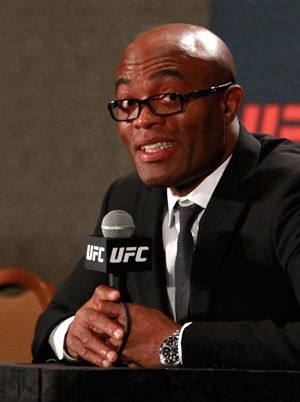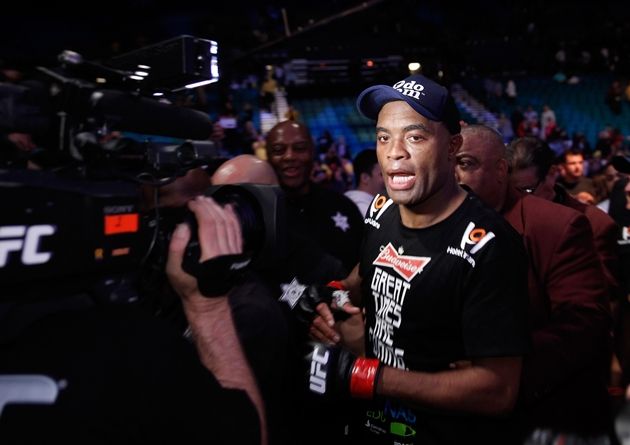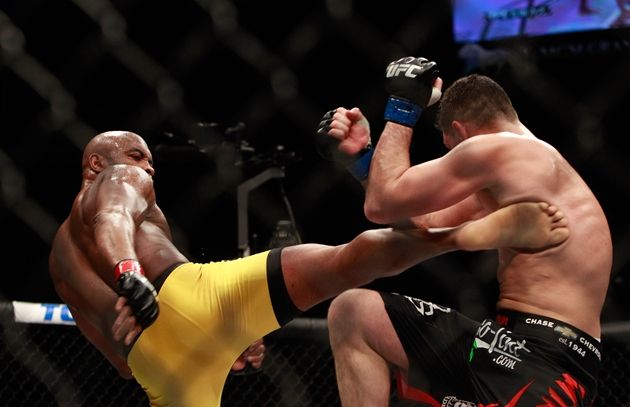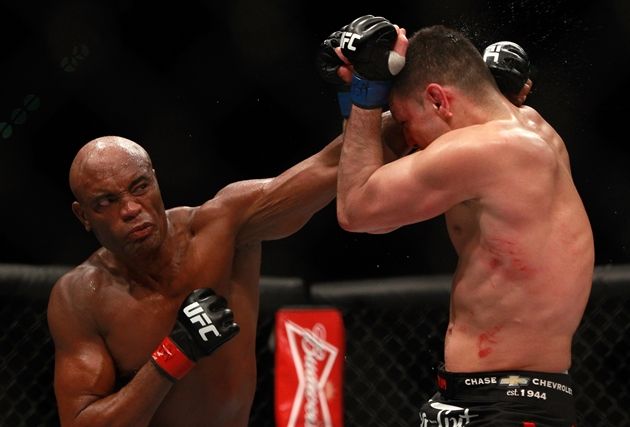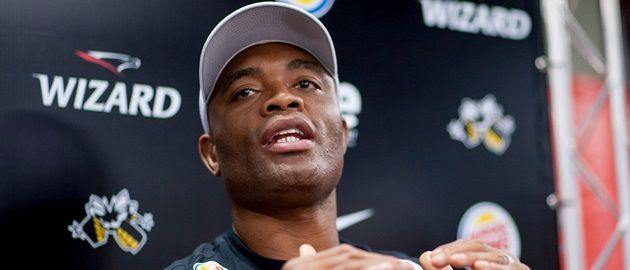It’s November 12, 1993, and almost 8,000 people have filed into the McNichols Sports Arena in Denver, Colorado to witness UFC 1.
The first mixed martial arts event by the Ultimate Fighting Championship is more spectacle than sport and more freak show than fight game.
The fighters knew less about the rules than the befuddled referees as the first fight was finished with a kick to the face of a defenceless 400+lb fighter after which the second fight was waved off after a series of head stomps and two competitors were forced to fight three times in the one evening. It was a circus.
Cut to February of 2015 and the UFC is almost unrecognisable from its earliest incarnation. With a multi-million dollar sponsorship deal with Reebok and 99 per cent of the events being overseen by athletic commissions, the world’s premier mixed martial arts organisation is truly legitimising a sport that is increasing in the popularity stakes each and every day.
The UFC boasts some of the most professional, hard-working and naturally talented athletes such as Jon Jones and Anderson Silva whose unprecedented level of skill truly appeals to fans of any combat sport.
But yesterday, a significant step back was taken in the UFC’s march to recognise itself as a sport as legitimate as football, tennis or golf when it was revealed that Silva had tested positive for two types of performance enhancing drugs.
This is nowhere near the first time that a fighter on Dana White’s roster has been popped for PEDs but it is undoubtedly the most damaging for the promotion’s reputation and undeniably much more significant than Jones and Diaz being busted for recreational drugs.
Even most casual fight fans are aware of Anderson Silva due to the fact that, for almost a decade, he was the biggest draw for the UFC.
Holding the record for most consecutive title defences and most finishes from a fighter during an illustrious UFC career in which he displayed feats of athletic brilliance each time he wrapped his hands, “The Spider” was heralded as a true talisman of what MMA represented – elite-level fighters who train intensely for three months, honing their skills, before pitting their talents against one another in the purest form of hand-to-hand combat.
The almost magical striking performances that Silva put on over the years went hand in hand with his respectful, honourable image of a traditional Samurai warrior. Put his talents alongside his family-focused morals and you’ve got one of the most marketable fighters in sports.
Silva’s latest outing came on Saturday night, when he made his comeback from a gruesome leg-break to beat Nick Diaz by unanimous decision at UFC 183. After Bruce Buffer announced the results, the Brazilian crumpled to the canvas in a flood of tears and could hardly believe that his ordeal was over. “The Spider” was back.
But a matter of days later and reports from the Nevada State Athletic Commission comes filtering through the social media timelines of disbelieving fight fans that claim that the 39-year-old tested positive for both drostanolone metabolites (a form of anabolic steroid) and androsterone (a type of endogenous testosterone) from an out-of-competition drug test on January 9.
“On February 3, 2015, the UFC organization was notified by the Nevada State Athletic Commission that Anderson Silva tested positive for Drostanolone metabolites on his Jan. 9 out of competition drug test. UFC’s understanding is that further testing will be conducted by the Commission to confirm these preliminary results.“Anderson Silva has been an amazing champion and a true ambassador of the sport of mixed martial arts and the UFC, in Brazil as well as around the world. UFC is disappointed to learn of these initial results.“The UFC has a strict, consistent policy against the use of any illegal and/or performance enhancing drugs, stimulants or masking agents by its athletes.”
Firstly I would raise the argument that, for combat athletes, there is no such thing as “out-of-competition”. On January 9, Anderson Silva’s fight camp was in full flow and he was very much preparing for competition. If he gained an illegal advantage in training with strength, conditioning and power training that translated into Silva’s fight with Diaz, then he was very much IN COMPETITION when traces of the PEDs were found in his system.
Secondly, what on earth took the NSAC so long for the test results to be released? If a governing body has proof that a fighter has enjoyed a very explicit advantage in his training camp then it is their duty to report this as soon as possible, if for no other reason than to preserve the safety of the other fighter. Who knows how much extra power that Silva gained during his training camp with an anabolic steroid in his system? He could have come out against Diaz, who was already conceding a lot in power due to a step-up in weight class, and knocked him unconscious in the first minute.
Whatever tests are administered to combat athletes, the results should become available to the athletic commission before the fight takes place. That’s a no-brainer surely.
The UFC claim they did not find out about the failed drug test until yesterday and I do believe that, but there has to be a lot more communication between promoter and governing body. The promoter, the UFC in this case, is obviously in the money-making business and the last thing they want to do is call off a big fight at the last minute but the money that they’re saving in the short term will be lost in the long-term if the sport descends into farce with repeated cases of fighters’ pre-fight drug tests result coming out conveniently after they compete.
The only resolution for this is to speed up the process of drug testing, the results being released and being handed to the promoter so the safety of fighters, which is of paramount importance, can be preserved.
There is such a difference in the significance of a fighter getting a performance-enhancing advantage when compared to another sportsperson that it beggars belief that it’s 2015 and it’s still taking place.
If a long-distance runner gets caught with PEDs in his/her system then the only real harm that’s taken place is that the sport appears less legitimate and the “clean” competitors have been cheated out of a fair contest.
The difference in combat sports is that the danger of a fighter sustaining permanent damage is present which makes the cheating athlete all the more heinous. Not only are they attempting to gain an illegal advantage to succeed in their career but they’re also endangering other competitors.
If the UFC doesn’t move instantly to let this be the last case of a fighter getting away with this then you simply cannot blame the naysayers for questioning the sport’s legitimacy. It will be moving back to the days of UFC 4 when fighters were allowed to slam their fists into the groins of their opponent without the referee batting an eyelid.
Now that Silva has been caught, though, what happens?
The standard punitive measure for first-time offenders is a nine-month suspension which will mean the former middleweight champion would be 40 by the time he is even considered for a licence renewal in Nevada.
You’d think it would make sense for Silva to call it a day now but leaving on this disgraced note is so much more worse than retiring off the back of two defeats.
What makes this pill even harder to swallow for fight fans like myself, who vividly remember Silva’s first foray into he octagon when he finished Chris Leben inside the first minute, is that the GOAT contender was so vocal in his disgust for fighters who used banned substances to gain an advantage.
In an interview with MMA Junkie from October, Silva claimed that he believed the only punishment for offenders was a lifetime ban.
“When the guys test for the steroids, (they should have) no more fights,” he said. “When you use the steroids, you use them for a long time. When you use the steroids for a long time, you have a problem. It’s a drug and it’s not good for the sport.”
That dishonesty and moral questionability forces us to go back to those moments of brilliance from the former 185lb kingpin. Were the NSAC testing as stringently before he finished Vitor Belfort with one of the greatest knockouts of all time? Was the athletic commission in Brazil as professional ahead of Silva’s dominant title defence against Yushin Okami in Rio?
There is nothing that Silva can do now to redeem his legacy and bring it back to the high standards were once held of him, just based on that question mark that will be hovering over his head.
Fight fans don’t forget easily and, even if Silva was to come back and regain his middleweight belt, he would do so to a chorus of boos.
But I don’t think it will come to that.
Retirement seems like the logical next step for the Brazilian and, with his victory over Diaz likely to be switched to a No Contest, it will be with a deserving asterisk that Silva’s career ends, rather than a perfect high kick.


